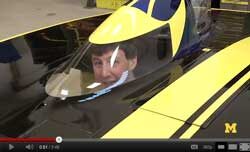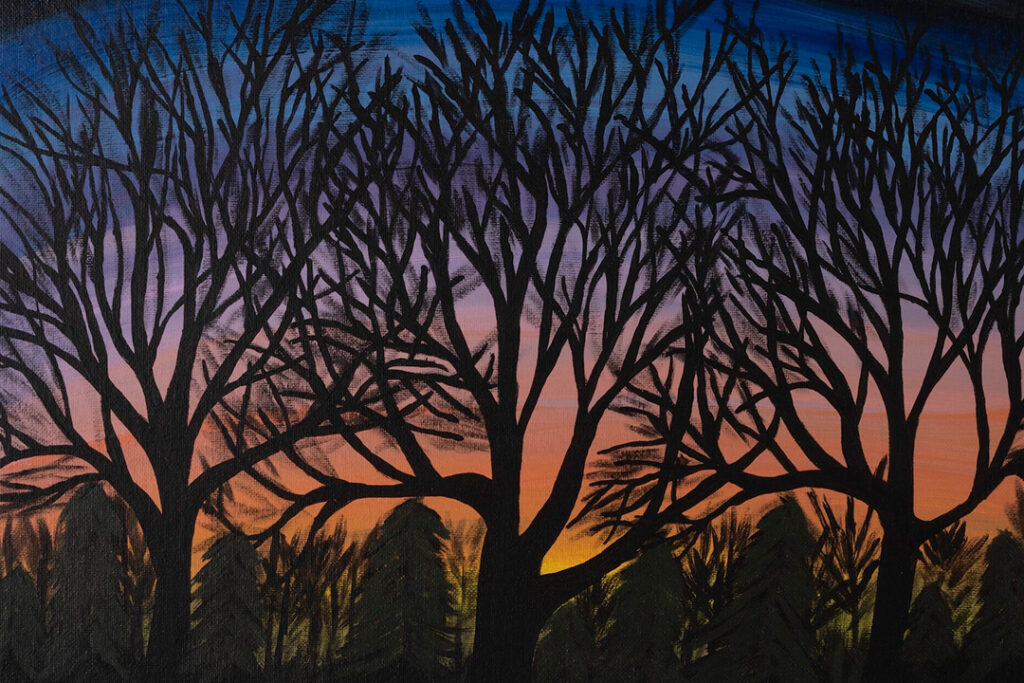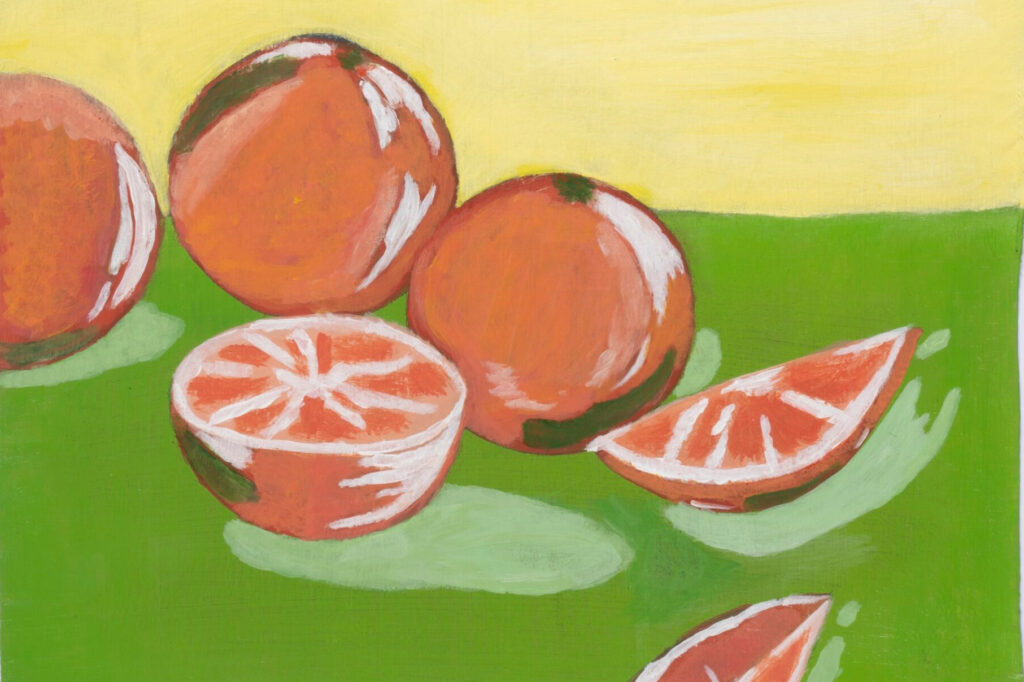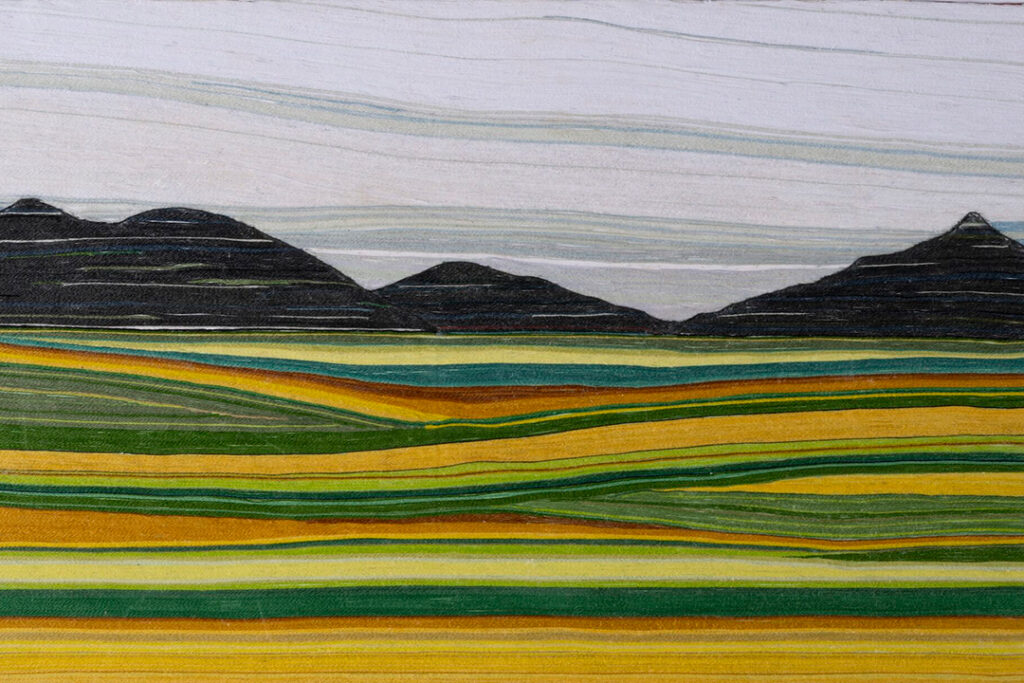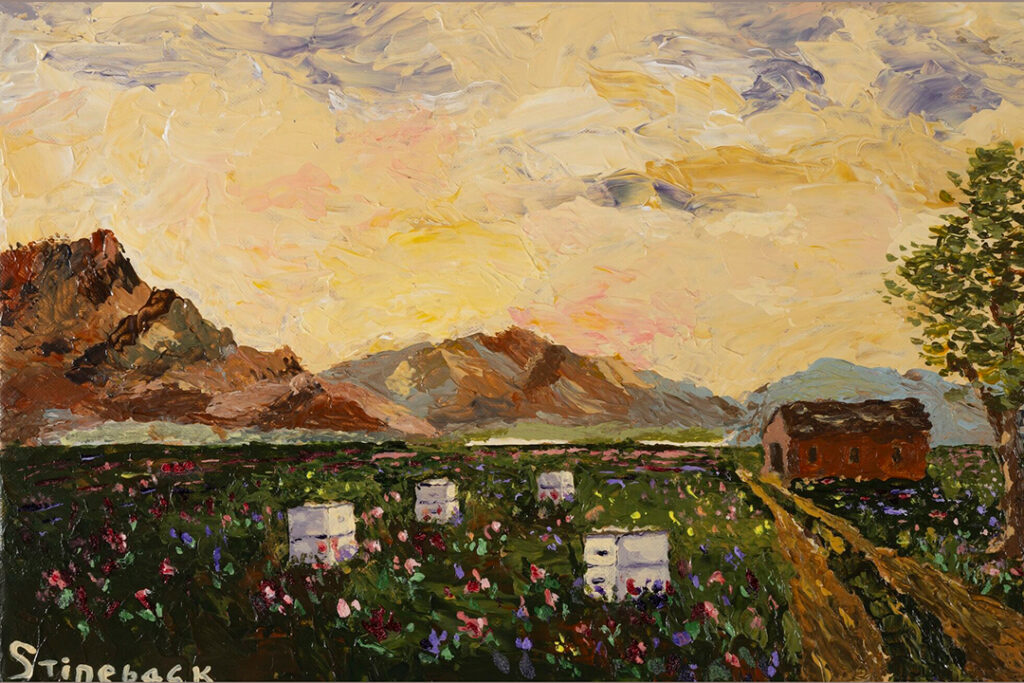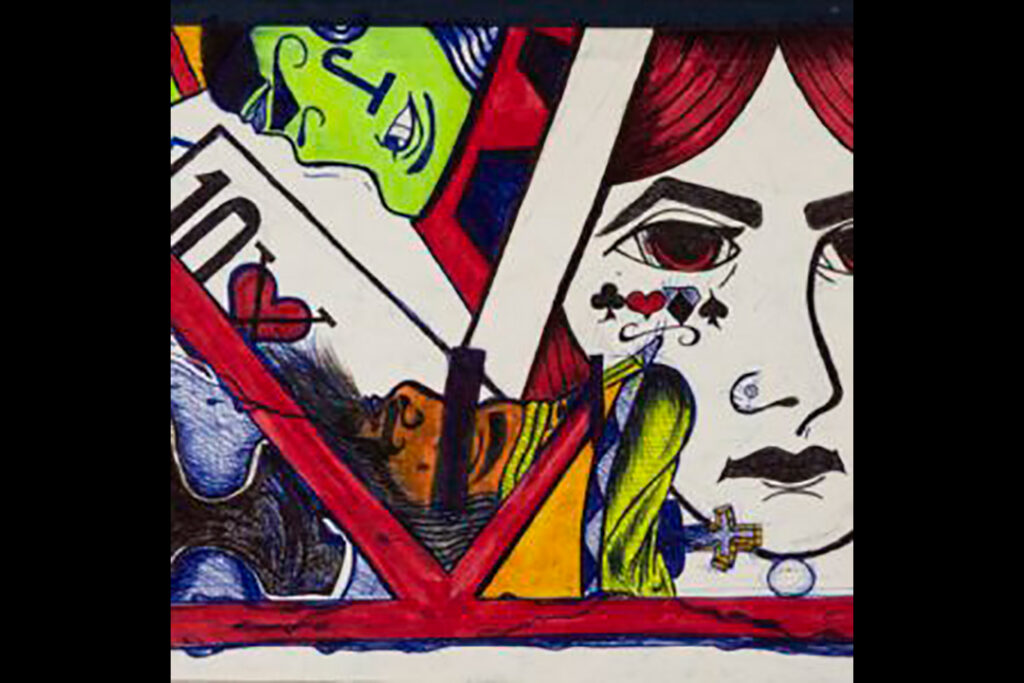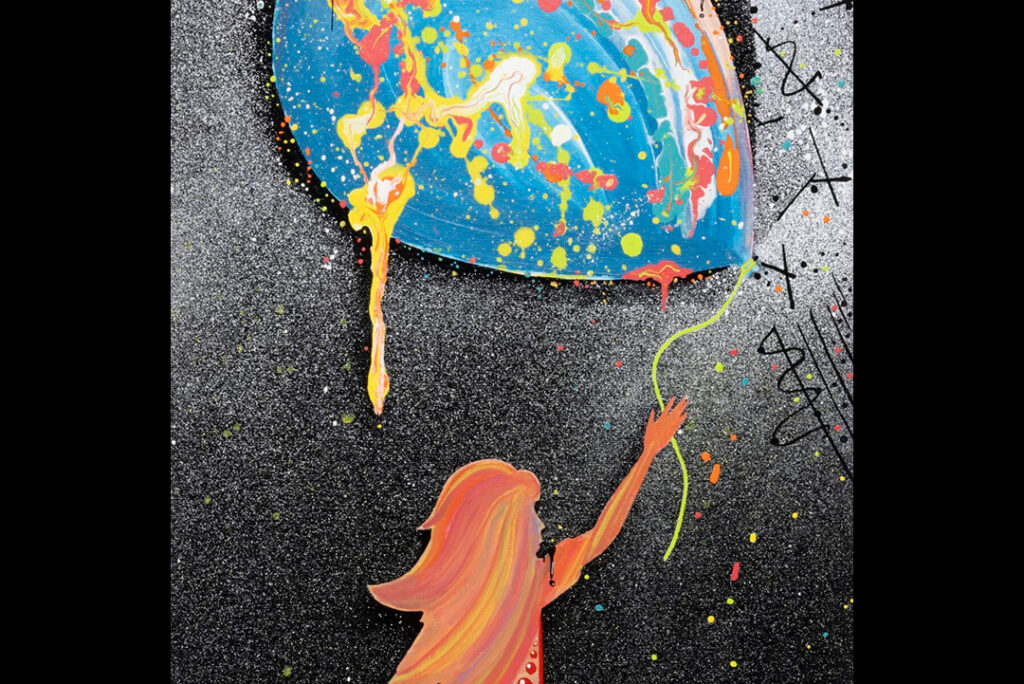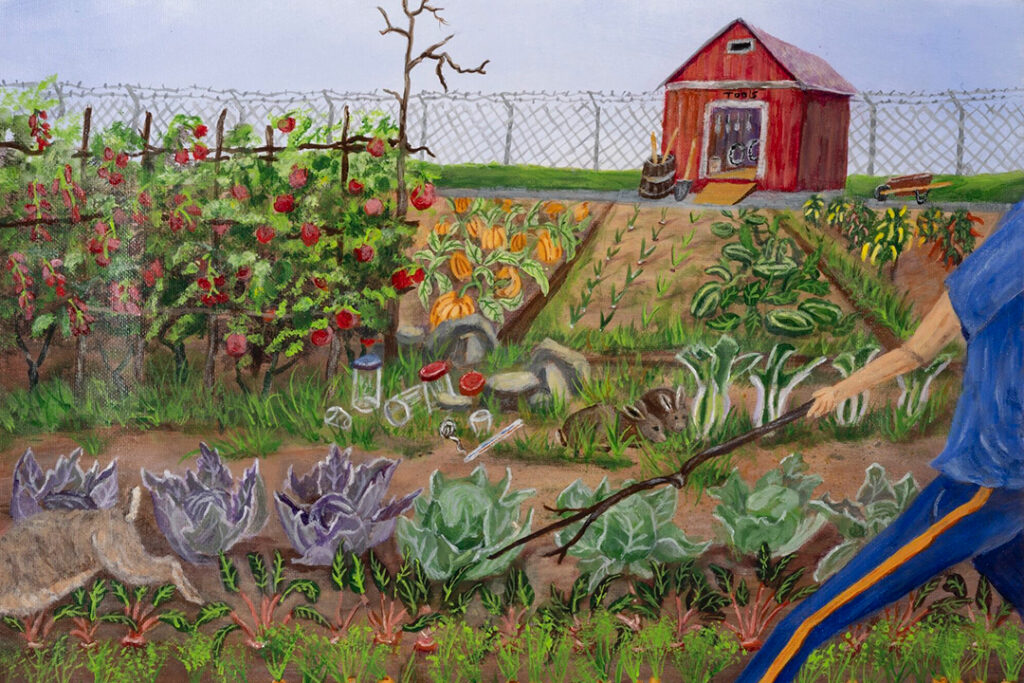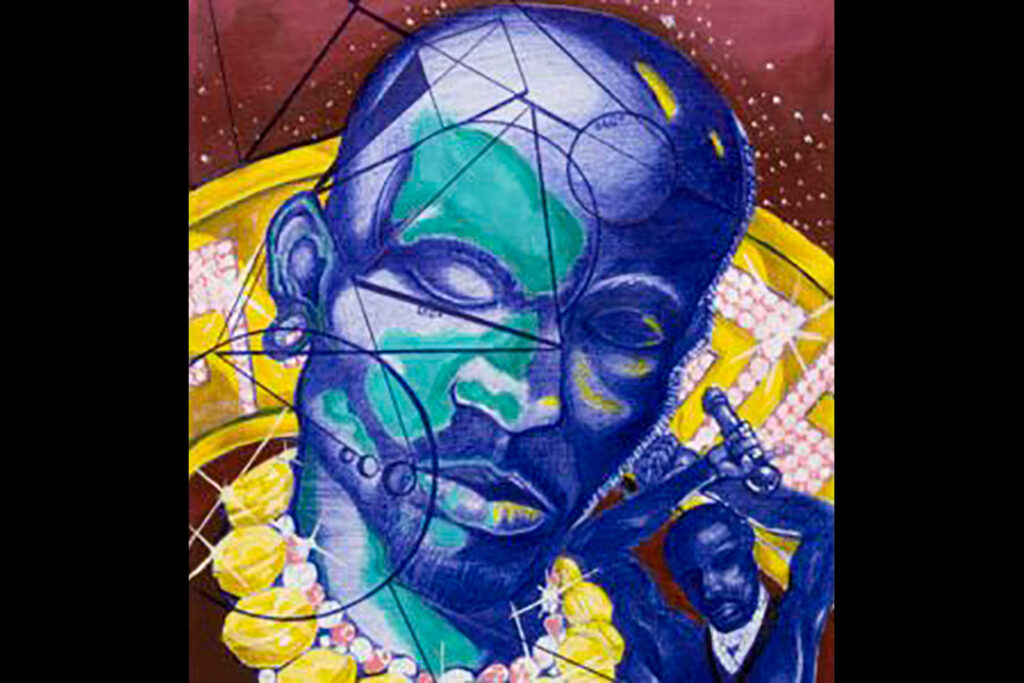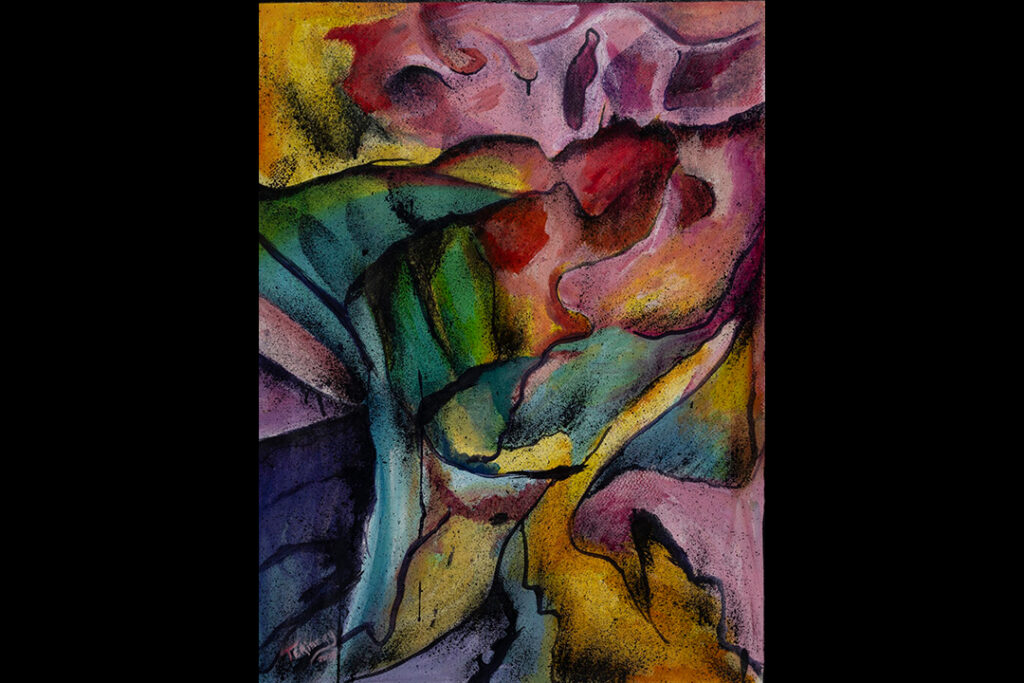If you know, you know. Or do you?

People who lack expertise often lack the expertise to know just how much expertise they lack, says U-M psychologist David Dunning. Even AI suffers the effect. While ChatGPT is designed to provide an answer, it is unable to figure out whether it’s the right answer, he says.
-
Surprise reunion
From Ghana to Michigan, a teacher and student meet again.
-
The Law School's beautiful new space
Video: With its mix of classic architecture and light, open space, the Law School’s Robert B. Aikens Commons is a gathering spot, a study cove and a place for fortuitous encounters between students and faculty.
-
This is Michigan Engineering
Video: A fun and hectic race through the campus and world of U-M Engineering.
-
'Remember your mother!'
In 1921, a finger-wagging guide for Jazz Age freshmen admonished them to follow a strict social code. Much of the advice now seems strange and funny, though some of it applies equally well today.
Columns
-
President's Message
Reaffirming our focus on student access and opportunity
U-M seeks to ensure every student will rise, achieve, and fulfill their dreams. -
Editor's Blog
Peace out
It's a mad, mad, mad, mad world out there. -
Climate Blue
Keeping our focus on climate
As federal support for climate science wanes, Ricky Rood remains hopeful. -
Health Yourself
Are you an ‘ager’ or a ‘youther’?
Why do some people appear younger or older than people born in the same year?
Listen & Subscribe
-

MGo Blue podcasts
Explore the Michigan Athletics series "In the Trenches," "On the Block," and "Conqu'ring Heroes." -

Michigan Ross Podcasts
Check out the series "Business and Society," "Business Beyond Usual," "Working for the Weekend," and "Down to Business." -
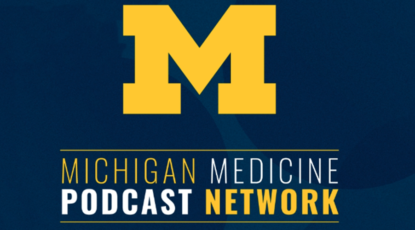
Michigan Medicine Podcasts
Hear audio series, news, and stories about the future of health care.
Creativity and connection across prison walls
One of the world’s largest and longest-running exhibitions of incarcerated artists is back with new programming designed to foster connection and deepen public understanding of incarceration in Michigan. The 29th annual Exhibition of Artists in Michigan Prisons, curated by U-M’s Prison Creative Arts Project, showcases 772 artworks by 538 artists incarcerated in 26 state prisons. The Duderstadt Center Gallery on U-M’s North Campus is presenting the artwork through April 1.


